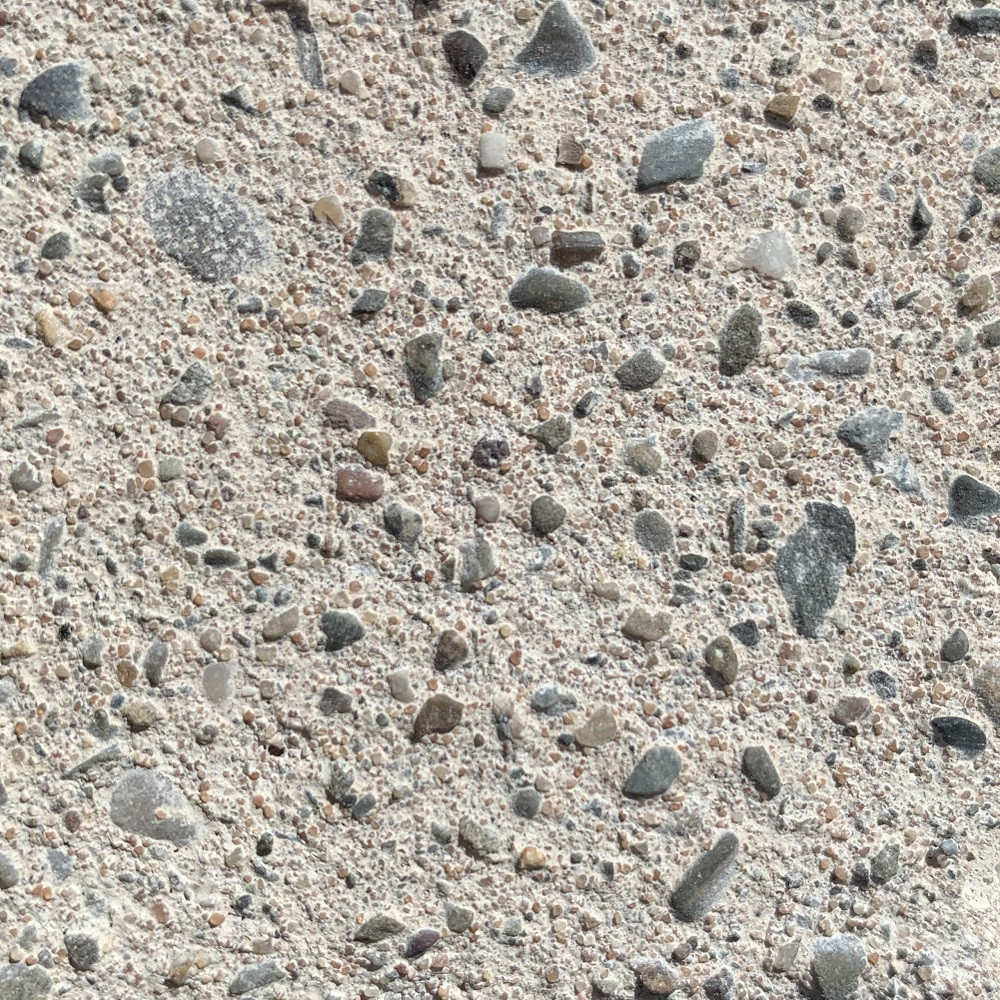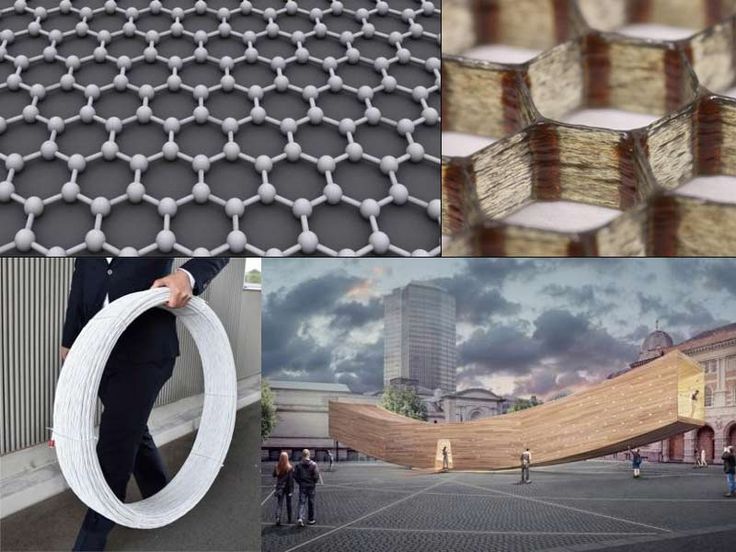When it comes to construction and landscaping, the quest for durable, cost-effective materials is never-ending. One material that has gained significant attention in recent years is gravel. While traditionally viewed as a loose aggregate, advancements in technology and innovative techniques have led to the development of methods that allow gravel to harden and perform similarly to concrete. This article delves into the science behind this transformation, exploring the processes, benefits, and applications of gravel that hardens like concrete.
Understanding the Basics: What is Gravel?
Gravel is a naturally occurring material composed of rock fragments and mineral particles. It is categorized into two main types: coarse gravel, which consists of larger stones, and fine gravel, made up of smaller particles. Traditionally, gravel has been used for drainage, road construction, and as a base material for various structures. However, its potential extends far beyond these conventional uses.
The Science of Hardening Gravel
The process of hardening gravel to achieve concrete-like properties involves several key factors:
- Binder Materials: The addition of binder materials is crucial in the hardening process. Common binders include cement, lime, and various polymers. These materials fill the voids between gravel particles, creating a cohesive mass that can withstand significant loads.
- Compaction Techniques: Proper compaction is essential to ensure that the gravel particles are densely packed. Techniques such as vibrating plate compactors or roller compactors are often employed to achieve optimal density. This step is vital for enhancing the strength and durability of the final product.
- Moisture Control: The right amount of moisture is necessary for the chemical reactions that occur between the binder and the gravel. Too much or too little water can compromise the integrity of the hardened material. Therefore, careful monitoring of moisture levels during the mixing and curing process is essential.
- Curing Process: Just like concrete, the curing process for hardened gravel is critical. It involves maintaining adequate moisture and temperature conditions to allow the binder to fully hydrate and bond with the gravel particles. This process can take several days to weeks, depending on environmental conditions and the specific materials used.
Benefits of Using Hardened Gravel
- Cost-Effectiveness: One of the most significant advantages of using gravel that hardens like concrete is its cost-effectiveness. Gravel is generally less expensive than traditional concrete, and the hardening process can often be completed with minimal additional materials.
- Sustainability: Utilizing gravel reduces the need for extensive quarrying of natural resources. Additionally, many binder materials can be sourced from recycled products, further enhancing the sustainability of the construction process.
- Versatility: Hardened gravel can be used in a variety of applications, from driveways and walkways to foundations and retaining walls. Its adaptability makes it an attractive option for both residential and commercial projects.
- Aesthetic Appeal: With the right finishing techniques, hardened gravel can be aesthetically pleasing. It can be colored, stamped, or textured to mimic the appearance of traditional concrete, providing a visually appealing alternative.
Applications of Hardened Gravel
The applications of gravel that hardens like concrete are vast and varied:
- Driveways and Pathways: Hardened gravel provides a durable surface that can withstand vehicular traffic while offering a more natural look compared to traditional concrete.
- Patios and Outdoor Spaces: Homeowners can create beautiful outdoor living areas using hardened gravel, which can be customized with various colors and textures.
- Structural Foundations: In certain applications, hardened gravel can serve as a foundation material, providing stability and support for structures.
- Erosion Control: The hardening process can enhance the erosion resistance of gravel, making it an effective solution for slopes and embankments.
Conclusion: The Future of Gravel in Construction
As the construction industry continues to evolve, the potential for gravel that hardens like concrete is becoming increasingly recognized. With its cost-effectiveness, sustainability, and versatility, this innovative material offers a promising alternative to traditional concrete in various applications. By understanding the science behind the hardening process and leveraging the right techniques, builders and homeowners alike can harness the benefits of this remarkable material.


